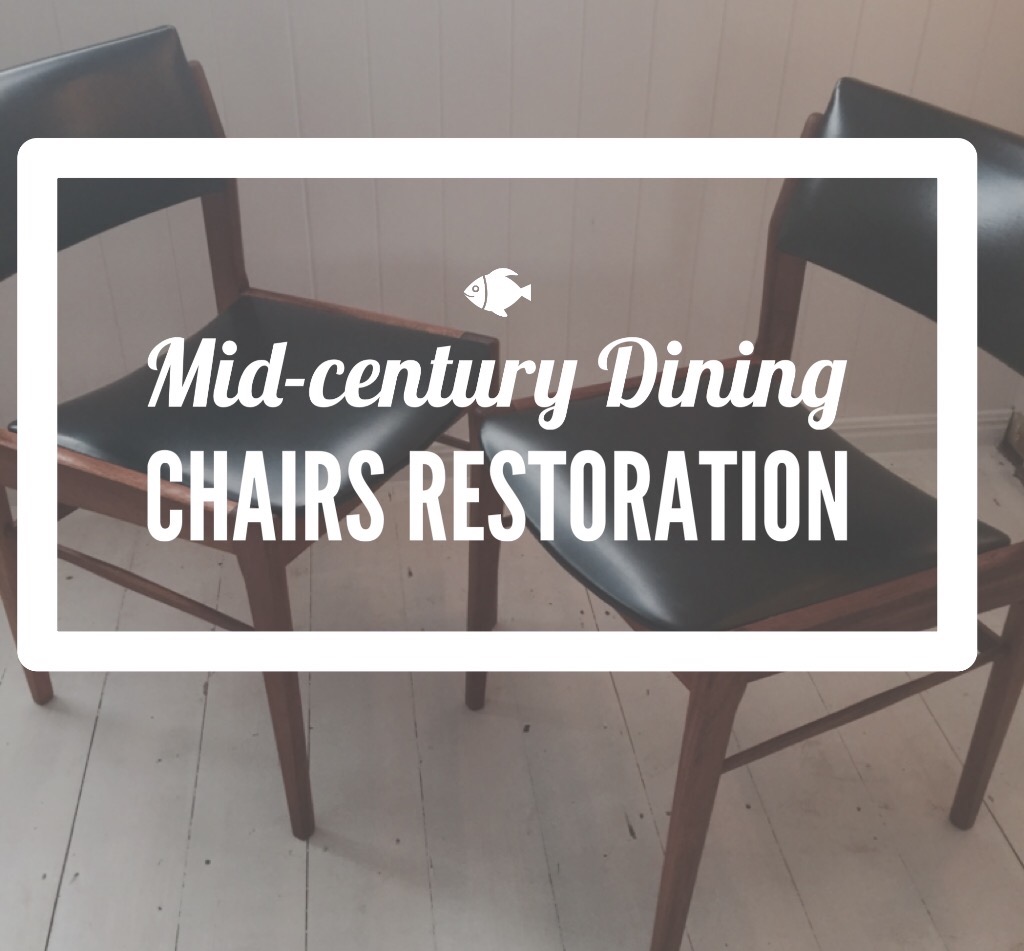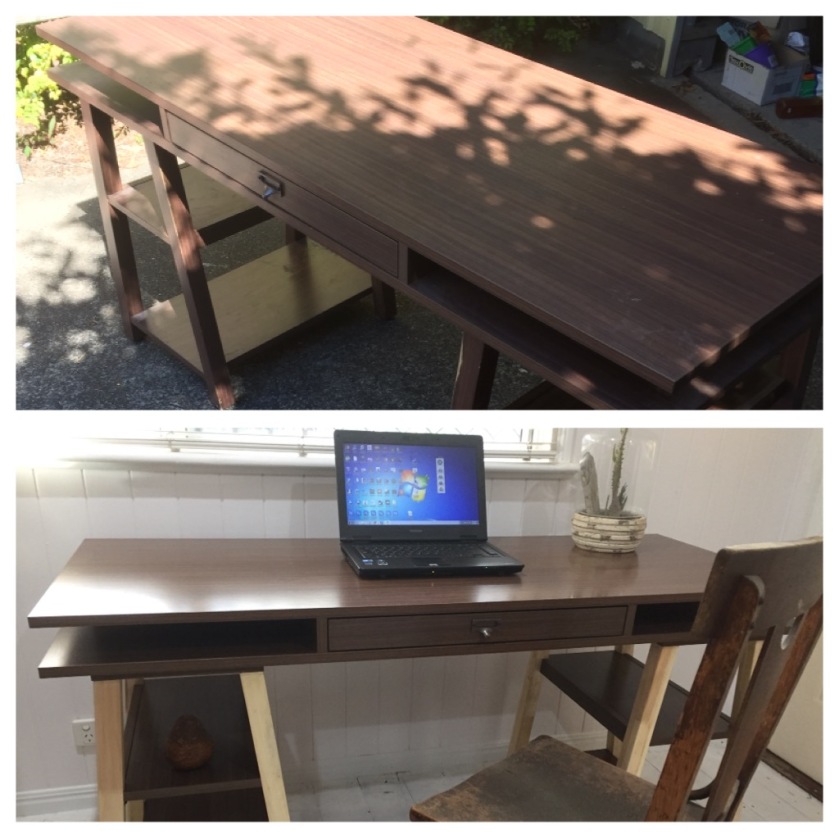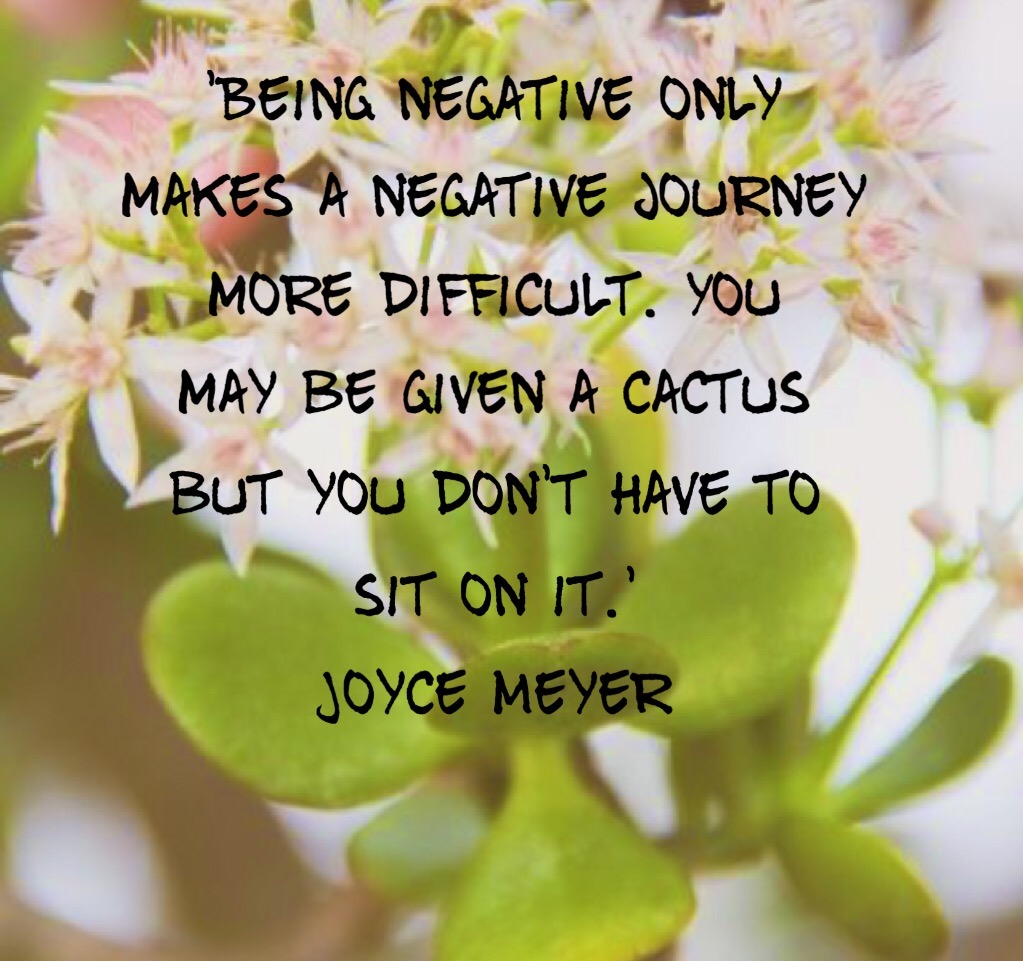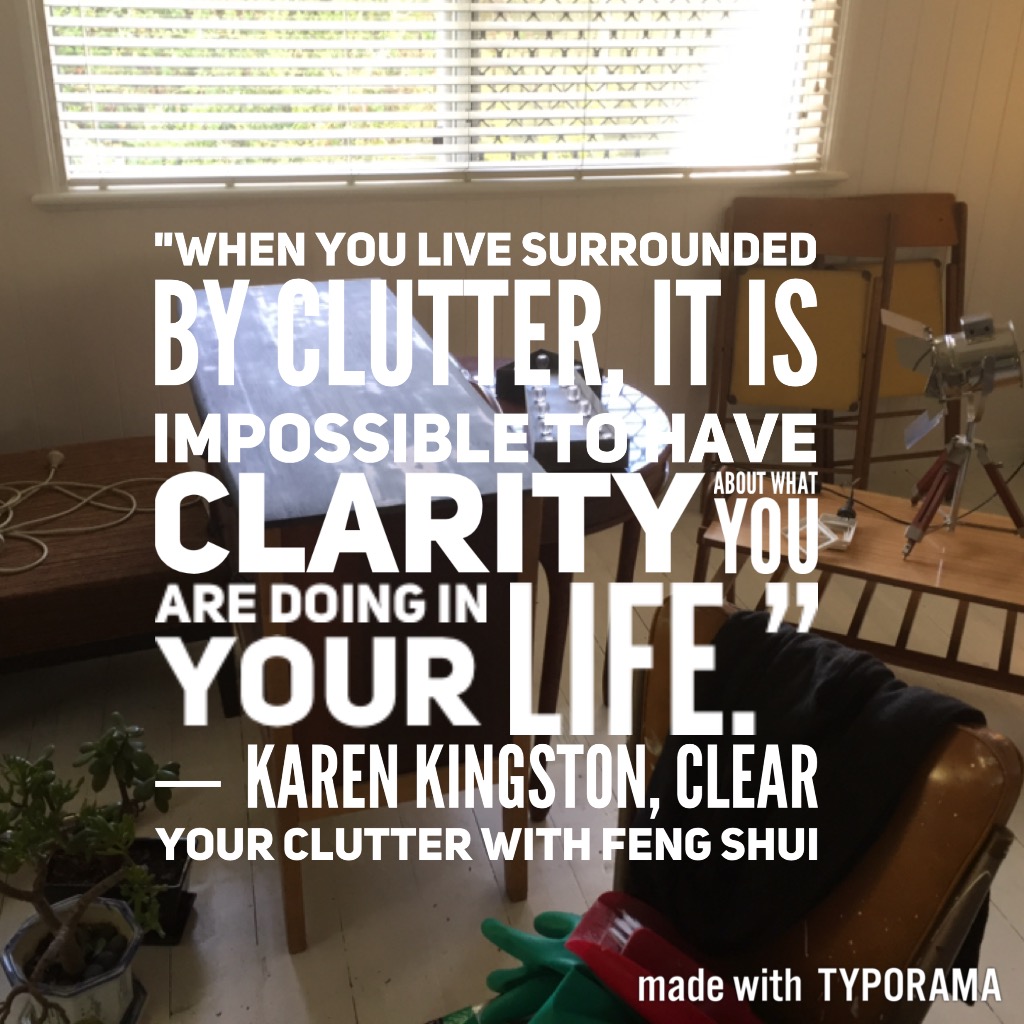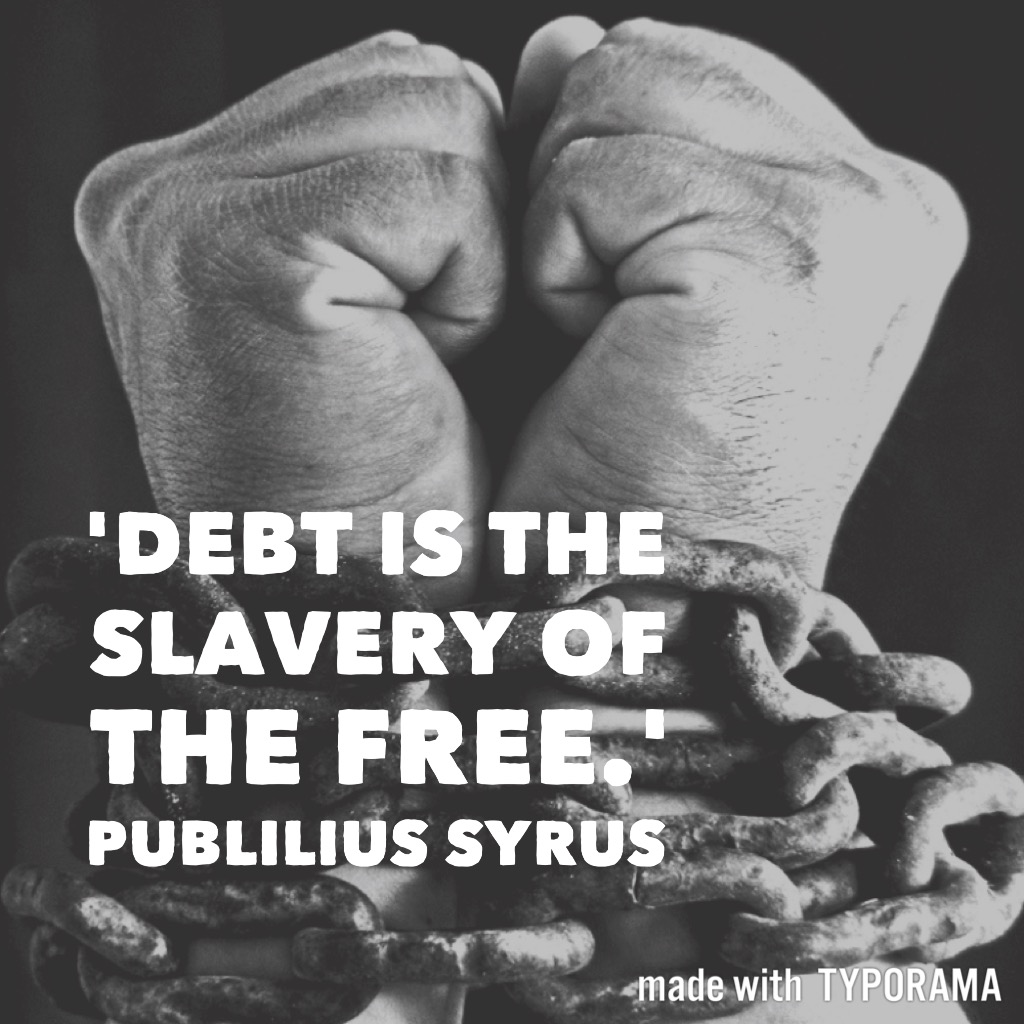Today is Friday and I’m ready for the weekend! ‘Friday’ is a bit of a loose concept with 7 day shift work but, as it is, I actually have the whole weekend off.
Friday has always been a great day for me during my career but for different reasons.
The very early years (Work sucks years)
I hated work. I hated having to get up for work. I hated the customers. I suffer from social anxiety, so customer interaction was painful. How times have changed there but I will get to that in another post. Anyway, it was painful and I hated every minute of it until I left for the day. I had almost no friends and the weekend was an escape for a couple of days. Friday was basically the end of a week of suffering, so it was a day I looked forward to.
The middle years (The drinking years)
One day, I was invited out by a colleague for a drink at the pub. I had honestly barely touched a beer to that point and had never been out socially. Anyway, it was almost like that scene in Old School with Will Ferrell when he drinks after a period of abstinence. I was totally uninhibited. I was singing, dancing and generally being loud and having fun. I woke up feeling terrible and threw up but the memory of the fun I had was there.
Friday night became ‘go out drinking night’. The purpose of which was not to have a quite drink and be merry but to drink to get drunk.
Sadly, the need for alcohol became a crutch for any social event. If there wasn’t alcohol involved, I wasn’t going. I considered myself charming and interesting as a drunk and dull and boring when sober. I was more likely irritating and loud as a drunk and yeah, maybe I was dull and boring when sober.
Anyway, people change and my colleagues moved on to get relationships, got married and have kids. Not me though, I stuck to my Friday night commitment to get drunk. I would spend the entire week recruiting people to go out with me on Friday night. Friday night was party night, Saturday was hangover day. My only saving grace during this time was my passion for gym training or even more days would become drinking days. As you can imagine though, my Friday nights (and sometimes Saturdays as well) cost a lot. Alcohol alone cost a fortune, add on a meal, cab fare to and from, lap dancing, etc etc. Ok, I’m joking about the lap dancing…..but there was that one time….
I eventually found a couple of regulars that shared my passion for drinking on a Friday and seemed to have the same inability to sustain lasting relationships. For far too many years, and long past the age when I should be there, I frequented night clubs dancing and drinking.
I was standing there one Friday night at some stupid hour of the morning in a drunken stupor under neon club nights when I observed that everyone around me was almost 2 decades younger than me. It was a sobering moment and I decided that things had to change.
Unfortunately, my friends wanted to continue the drinking lifestyle. I didn’t want to offend my friends and also didn’t have the willpower to decline, so I continued on with Friday night drinks for some time yet.
The only way out I could see was to escape. I sold up my home and moved interstate. Perhaps a drastic step but it was the only way I could see to get out of the situation I was in. Initially, I wasn’t that successful. I would go to pubs in the new city by myself and drink. Eventually though, the frequency of the pub visits reduced until they didn’t occur at all. I would occasionally grab a couple of beers to have on a Friday night while watching football or a movie on TV but that was it. I was drinking because I like the taste of beer, not to get tanked.
The next stage (the spending years)
Financially, the next stage was no more productive then the ‘drinking’ stage but at least it was healthier. Friday night meant that the weekend was tomorrow and it was time to buy things. If I wasn’t buying something or looking for something to buy, I didn’t feel that my weekend was productive. Sometimes it was just something little like a new plant and sometimes it was something much more costly, like trading in my car or motorcycle for an upgrade.
It became very clear that I was bored. I had no goal except to…actually, I didn’t know. I seemed to be in an aimless mission to nowhere and was getting there fast.
Now (The Frugal Years)
I had a health scare! What a blessing that turned out to be. It gave me the realisation that I was mortal and so was my family. I would die one day and who knows when they day might come up. I packed up shop, quit my job and moved closer to my family.
After securing a job (and grateful I was that I got one very quickly) and I bought a new home. Somehow, the reality of mortality came with an understanding that I had to consider my financial future. I sold the high performance motorcycle I had and bought one that was practical. Riding 300kms an hour wasn’t necessary and was well beyond my courage/stupidity level anyway.
I bought a house that was suitable for me. Not too big, was a reasonable commute to the city and most importantly, didn’t have an excessive mortgage.
Frugality started to influence my life. I didn’t socialise outside of work. I started to buy things based on need rather than want. I avoided further liability purchases and tried to limit my larger purchases to those that would create value, such as home improvement.
Finally, to create a purpose for the new saving mentality, I set a goal. Early retirement to Thailand. Everything started to make sense and had a reason. I wasn’t saving money for the sake of it, I had a reason to work hard, hustle for a buck or two and make some sacrifices. The new goal is almost constantly in my mind and directs how I live my life now.
Of course, I wish I hadn’t waited until my early 50’s to wake up but as the old saying goes ‘better late than never’.

